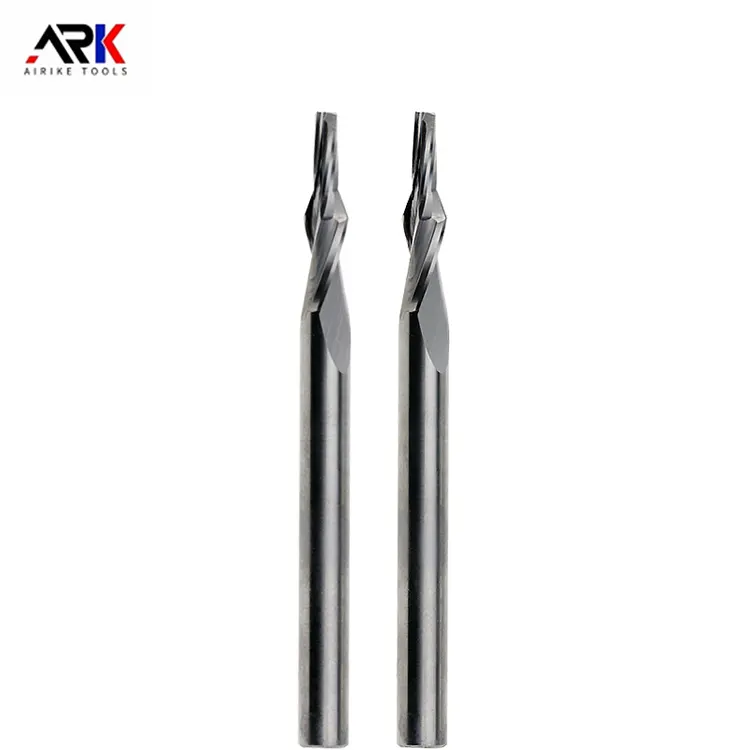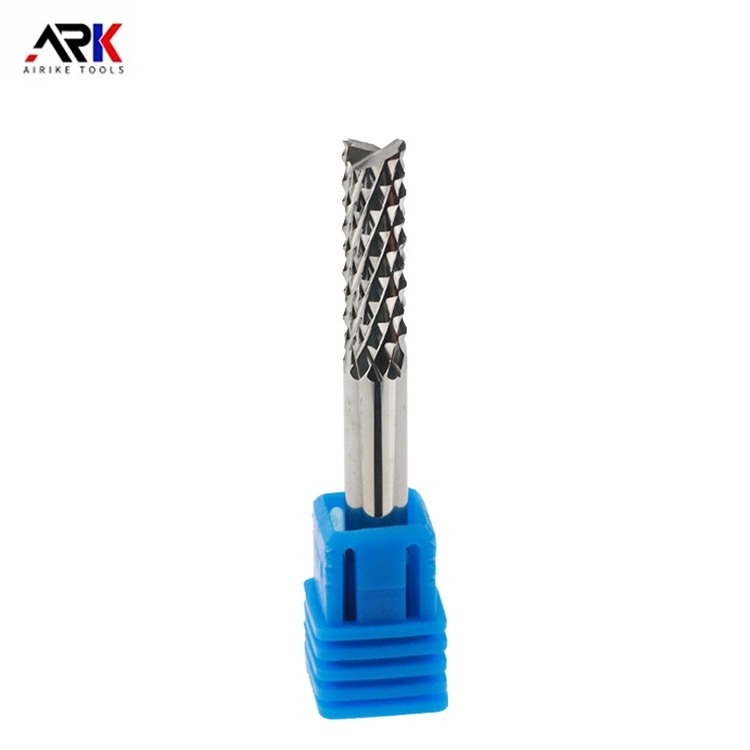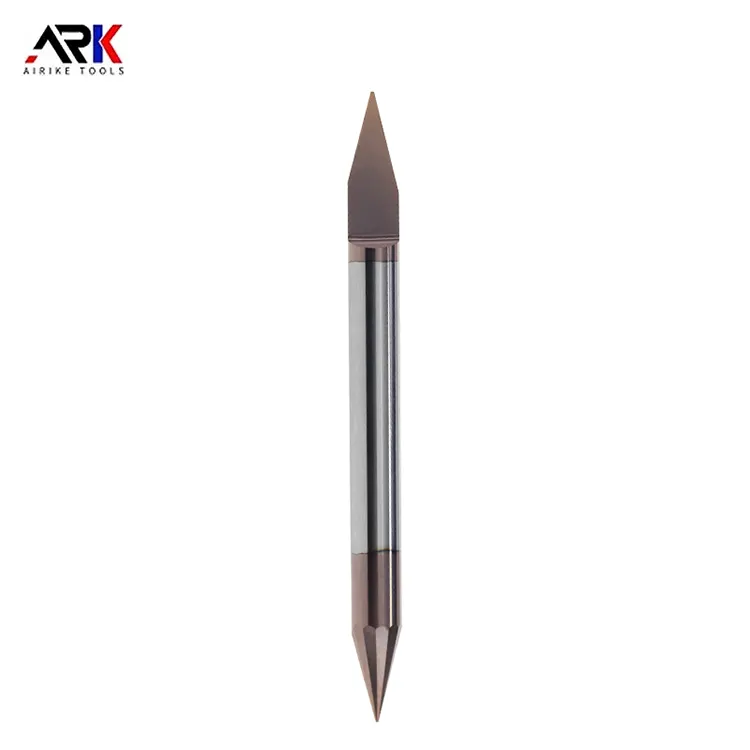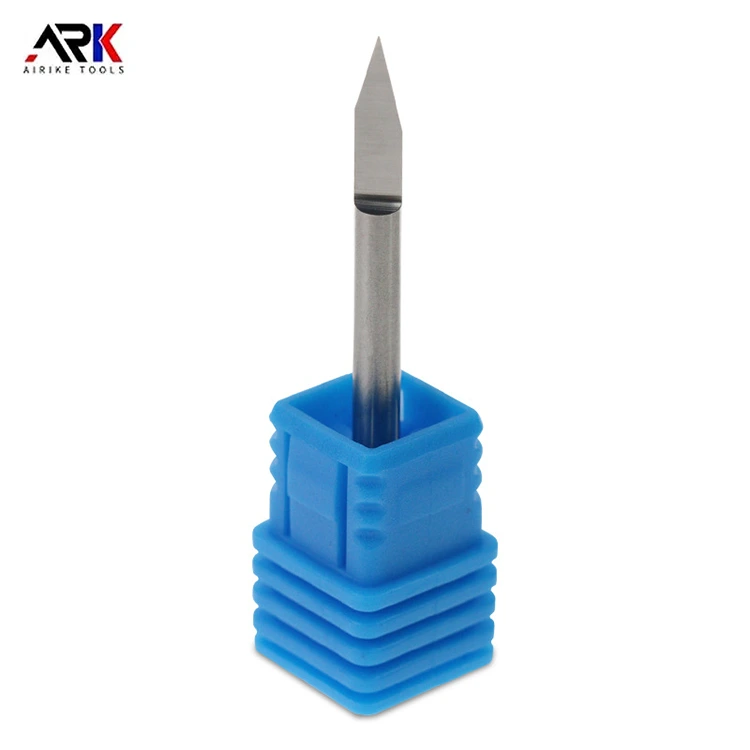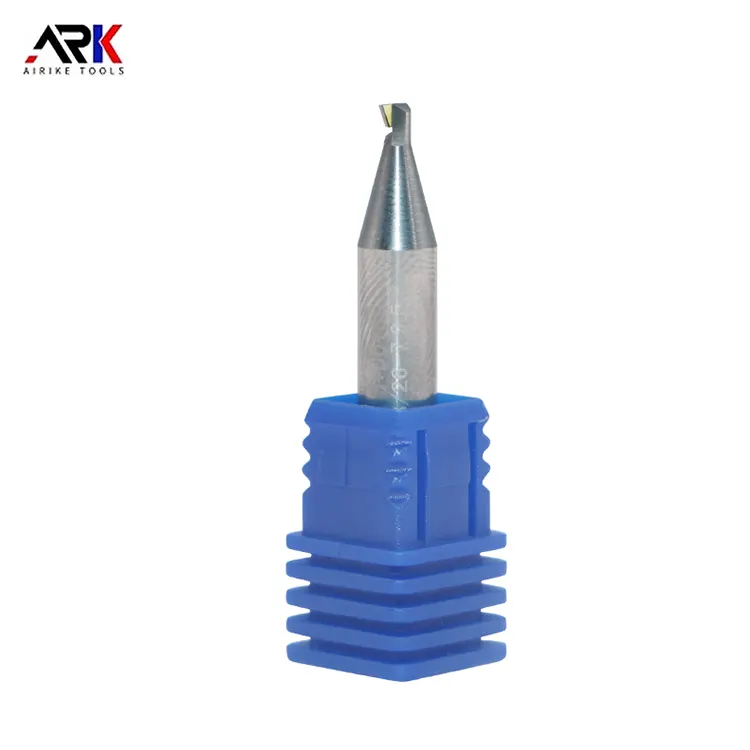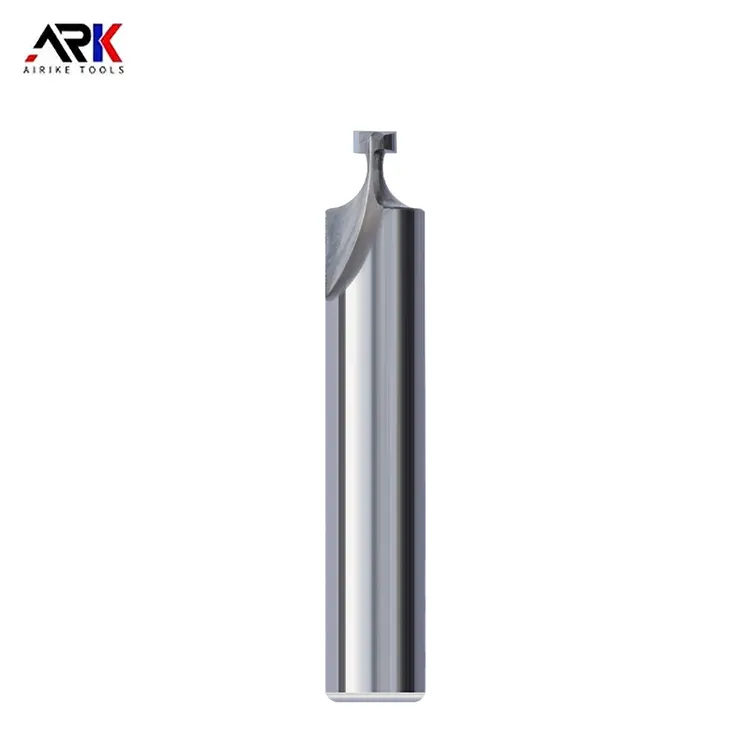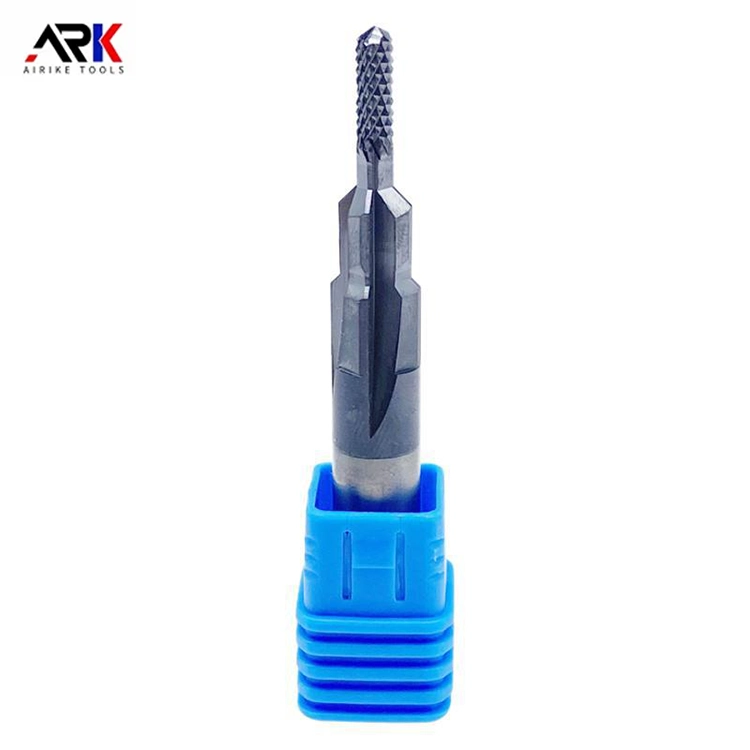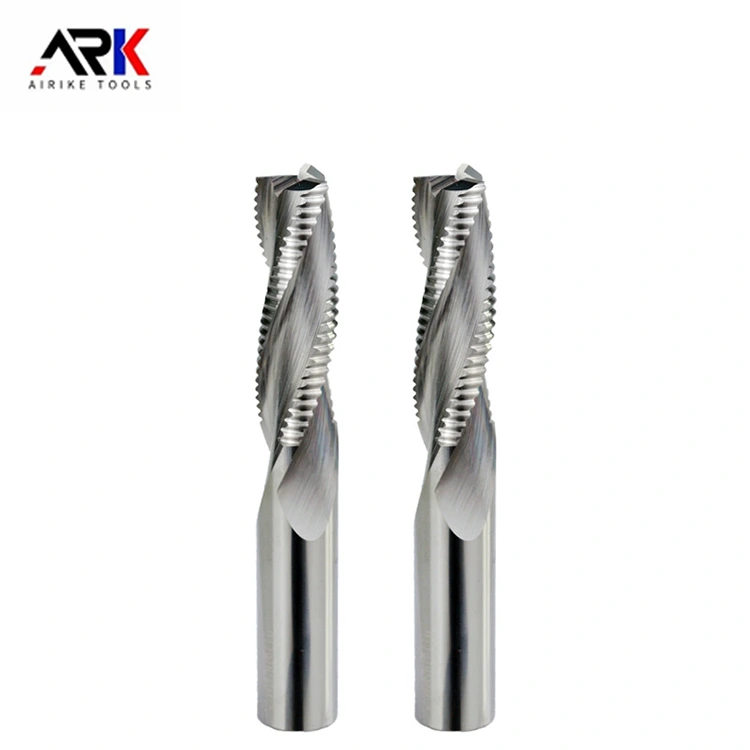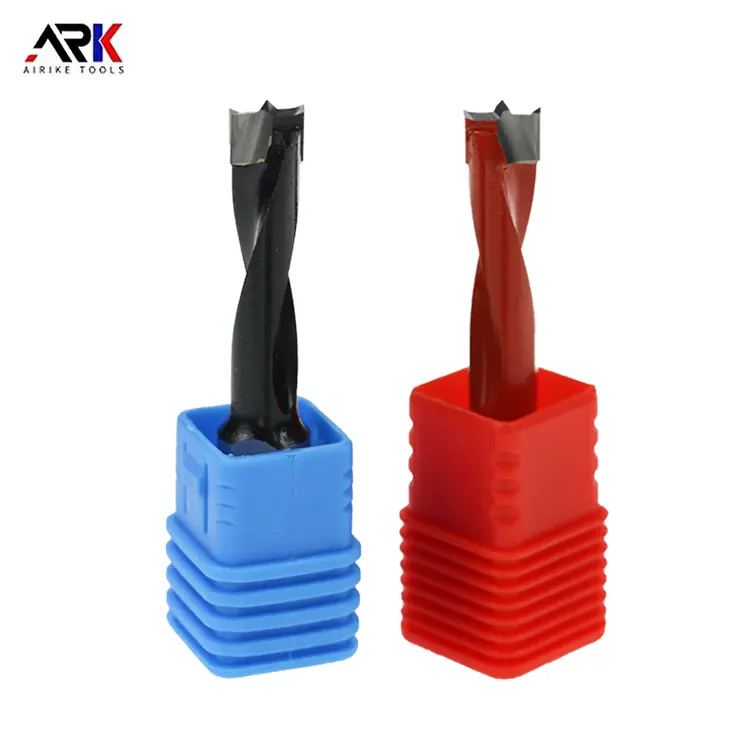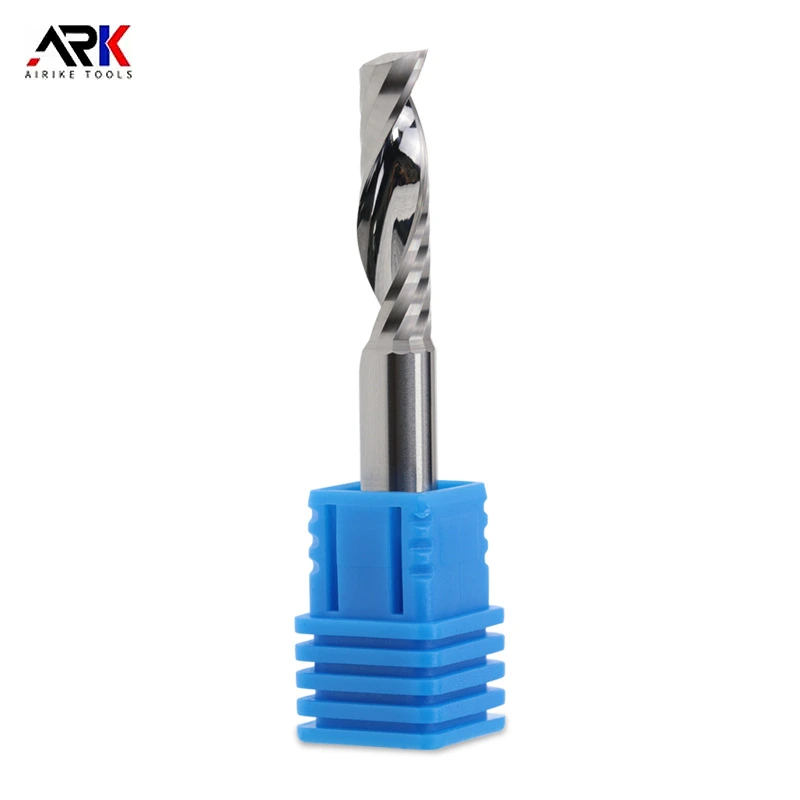Email Us
Which is more suitable for machining aluminum alloys, PCD or CBN cutting tools?
PCD cutting tools and CBN cutting tools are two common types of super-hard cutting tool materials, but their performance when machining aluminum alloys differs significantly. So, which of the two is more suitable for machining aluminum alloys? Let’s take a look together with the Zongye Da editor!
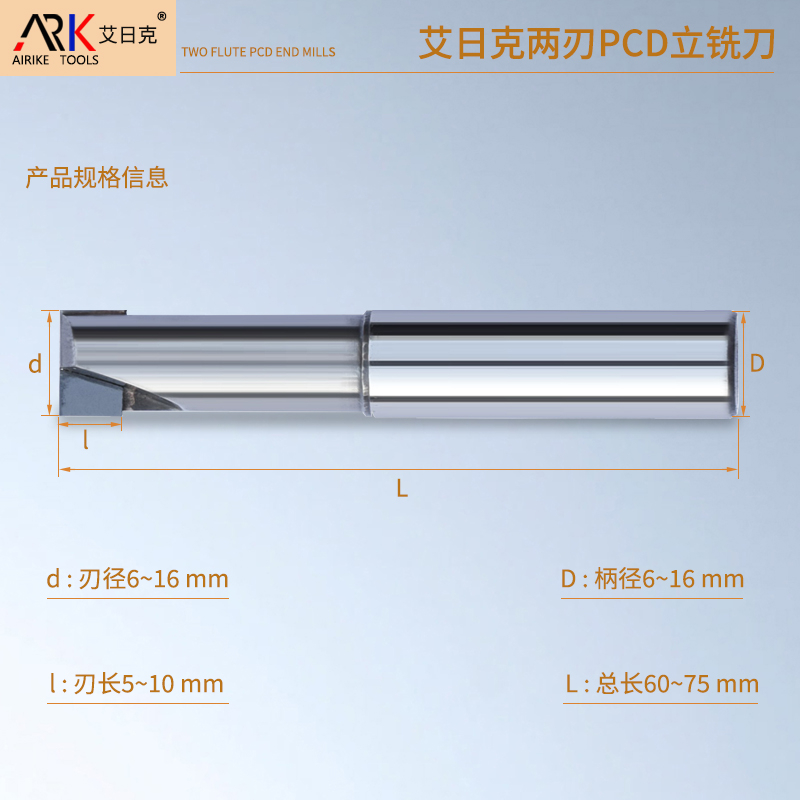
PCD cutting tools are more suitable for machining aluminum alloys.
Why is that? This is due to the high compatibility between the cutting tool and the characteristics of aluminum alloy materials. Aluminum alloys are characterized by high hardness, high wear resistance, sharp cutting edges, good thermal conductivity, and low linear expansion and friction coefficients, while aluminum alloys have low melting points and low hardness, and are prone to built-up edges during machining, and high hardness silicon content can accelerate cutting tool wear. With their inherent properties, PCD tools can effectively address the challenges of aluminum alloy machining. Their high hardness reduces wear, their excellent thermal conductivity minimizes the impact of cutting heat on the workpiece, and their low friction coefficient suppresses the formation of built-up edges, fully meeting the machining requirements of aluminum alloys.
During the machining process, its ability to prevent built-up edges is particularly outstanding. Due to its high hardness, low surface affinity with metal, and mirror-polished cutting tool surface, the possibility of built-up edges is greatly reduced, thereby ensuring the stability of machining dimensions and surface quality.
Taking the high-speed dry boring of SAE327 cast silicon aluminum alloy as an example, the use of this cutting tool can effectively prevent built-up edges and achieve a machining accuracy of 5-7 under conditions of Ra0.02-0.32μm.
In addition, PCD cutting tools also perform well in high-precision machining, enabling high surface finish for aluminum alloy machining, usually reaching 0.2, which fully meets the strict surface quality requirements of aluminum alloy machining tasks.
Furthermore, they can perform high-speed cutting, reducing cutting forces and chip buildup, thereby improving production efficiency. When performing high-speed dry boring on SAE327, 95% of the heat is transferred to the chips, which quickly separate from the workpiece, significantly reducing cutting forces.
From a cost control perspective, the longer service life reduces the frequency of cutting tool replacement and lowers cutting tool costs. Although the initial price is relatively high, with intensified market competition and improvements in manufacturing processes, the price has fallen significantly by more than 50%, and its service life advantage further reduces the cost per piece.
In summary, PCD cutting tools show significant advantages in aluminum alloy machining, effectively reducing tool sticking, improving machining accuracy and surface quality, and extending tool life. In contrast, although CBN cutting tools perform well when machining high-hardness materials, they do not have obvious advantages in aluminum alloy machining.
- What are the rotational speed and feed rate of a welding milling cutter?
- How to Align a T-Slot Cutter?
- What Is a Diamond Milling Cutter and How Does It Enhance Machining Efficiency?
- How to maintain the graphite milling cutter?
- Why choose alf-Cutting Cutter?
- What are the factors to consider when choosing a carbon fiber milling cutter?
Contact Us
Paibang Industrial Zone, Henggang Town, Longgang District, Shenzhen
Copyright © 2025 Shenzhen Zhongyeda Precision Technology Co., Ltd. All Rights Reserved.


